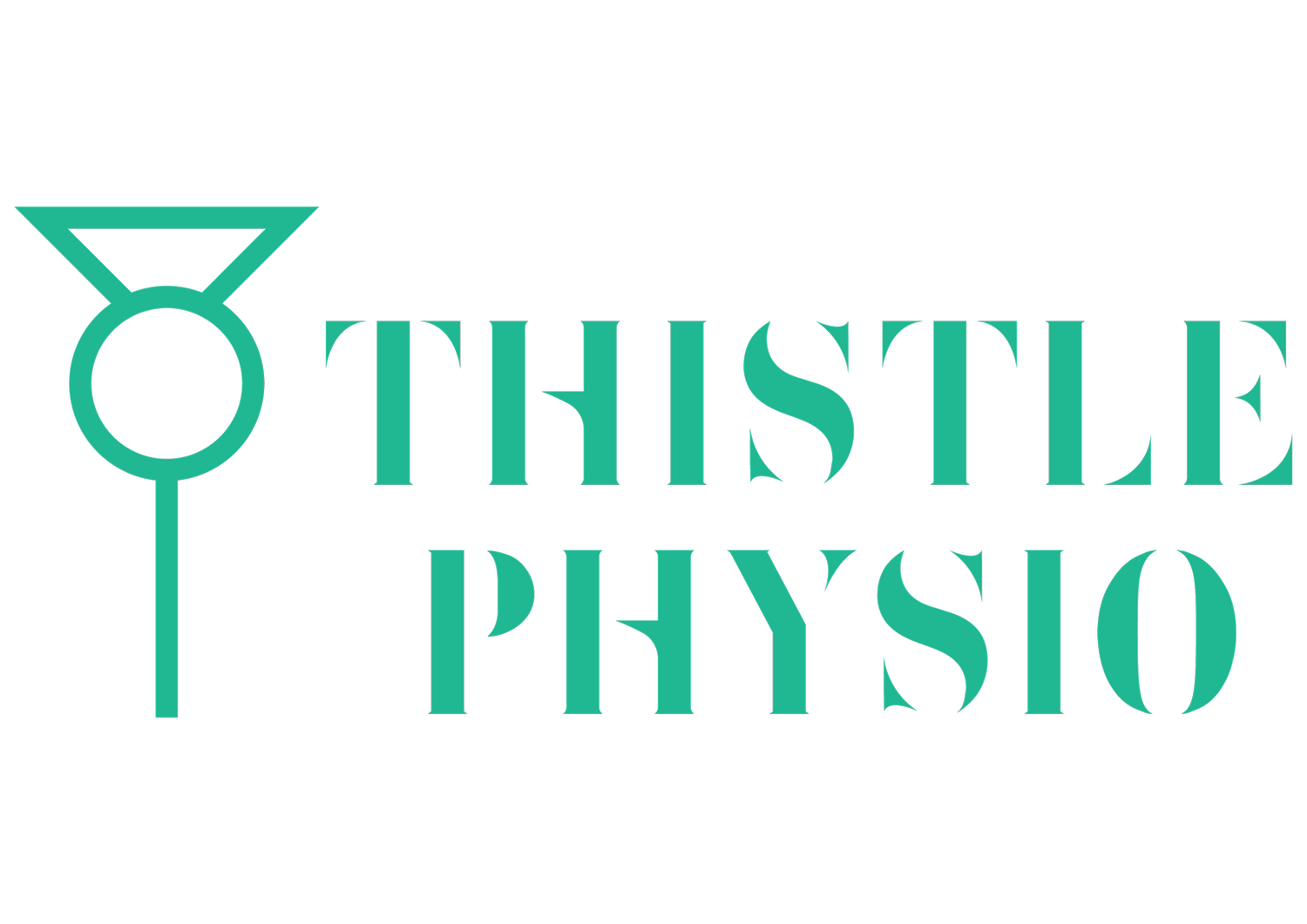The key to healthy ageing: Embracing strength
As you journey through life, your body, naturally, undergoes changes. And one of the most significant transformations is the gradual loss of muscle mass and strength as we age. However, it’s important to not just resign yourself to this and think it’s an inevitable side effect of growing older. The key to ageing gracefully is to keep exercising and, importantly, embrace strength training.
This blog delves into the importance of strength training as you age, explores the changes that occur in muscle mass, and highlights exercise guidelines for adults as recommended by the World Health Organisation (WHO).
Ageing muscles: A natural process
Your muscle mass naturally declines with age, a process known as sarcopenia. From the age of 30, you tend to lose about 3-5% of your muscle mass every ten years. This decline accelerates after the age of 60, contributing to a decrease in strength, balance, and your overall functionality. Sarcopenia not only affects physical appearance but also increases the risk of falls, fractures, and a decline in your quality of life.
The importance of strength training
Preserving muscle mass: Strength training, also known as resistance training or weight training, is a potent tool to help you counteract muscle loss. By engaging in regular strength exercises, you can stimulate muscle growth, helping to preserve and sometimes even increase your muscle mass.
Improved bone health: Strength training doesn't just benefit your muscles; it also promotes bone health. Weight-bearing exercises stimulate bone remodelling, helping to reduce the risk of osteoporosis and fractures.
Enhanced metabolism: Maintaining or increasing muscle mass contributes to a higher resting metabolic rate. This means your body burns more calories at rest, which can aid you in weight management, a crucial aspect of your overall health.
Increased functional capacity: Strength training enhances your functional capacity, enabling you to carry out daily activities with greater ease. This includes seemingly innocuous day-to-day activities such as climbing the stairs, carrying your shopping from the car and maintaining your balance.
WHO exercise guidelines for adults
The World Health Organisation emphasises the importance of regular physical activity for adults, including strength training. Here are the WHO’s general recommendations…
Aerobic exercise: At least 150 minutes of moderate-intensity aerobic activity (brisk walking, bike rides, hiking – even mowing the lawn) throughout the week, or at least 75 minutes of vigorous-intensity aerobic activity (such as running, swimming, skipping or team sports like football and rugby) throughout the week.
Strength training: Strength training involving major muscle groups on two or more days a week. This can be body weight exercises such as press ups, pull ups, sit ups and squats, to weight training such as bench pressing and dumbbell workouts, as well as working with resistance bands.
Balancing activities: You should incorporate activities that enhance balance and prevent falls, especially for older adults who are at enhanced risk. Examples include sideways walking, standing on one leg and step ups.
Tips for safe and effective strength training
Whilst exercise is important, don’t do too much too soon. Start gradually. Begin with lighter weights and gradually increase resistance as your strength improves. Doing too much too early can run the risk of injury.
Include variety. Mixing up your exercises to target different muscle groups helps prevent boredom and ensures a well-rounded approach to strength development.
Proper form is key. Make sure you focus on the proper technique to prevent injuries. If you’re unsure, there are plenty of fitness videos on YouTube that help to demonstrate technique. Just make sure they’re from a reputable creator. Alternatively, look to work with a professional PT to help ensure you’re doing the basics right.
Listen to your body. Pay attention to how your body responds to exercise. If you experience pain (which you shouldn’t confuse with the normal discomfort of muscle fatigue), then consult a healthcare professional. A physiotherapist, such as Thistle Physio, will help you determine if you’re doing too much or if you’re form is wrong. They can also help you overcome pain and discomfort through rehabilitative exercises.
Incorporating strength training into our routines isn’t just about building muscles – it's an investment in your overall wellbeing.
By understanding the importance of strength training and acknowledging the natural changes in muscle mass as we age, you can pave the way for a healthier, more active, and fulfilling life.
If you’re looking for expert advice about the exercises that are suitable for you or in need of help to overcome injury, then get in touch. We can help.


